Pediatric tuberculous meningitis: model-based approach to determining optimal doses of the anti-tuberculosis drugs rifampin and levofloxacin for children
Citation: Savic RM, Ruslami R, Hibma JE, Hesseling A, Ramachandran G, Ganiem AR, Swaminathan S, McIlleron H, Gupta A, Thakur K, van Crevel R, Aarnoutse R, Dooley KE. Pediatric tuberculous meningitis: model-based approach to determining optimal doses of the anti-tuberculosis drugs rifampin and levofloxacin for children. Clin Pharmacol Ther. 2015 Dec;98(6):622-9. doi: 10.1002/cpt.202. Epub 2015 Oct 22. PMID: 26260983. PMCID: PMC4888594.
Access full article:
http://www.ncbi.nlm.nih.gov/pubmed/26260983
Pediatric TB meningitis (TBM) is a highly-morbid, oft-fatal disease. Standard treatment includes isoniazid, rifampin, pyrazinamide, and ethambutol. Current rifampin dosing achieves low cerebrospinal fluid (CSF) concentrations, and CSF penetration of ethambutol is poor. In adult trials, higher-dose rifampin and/or a fluoroquinolone reduced mortality and disability. To estimate optimal dosing of rifampin and levofloxacin for children, we compiled plasma and CSF pharmacokinetic and outcomes data from adult TBM trials plus plasma pharmacokinetic data from children. A population pharmacokinetic/pharmacodynamic model using adult data defined rifampin target exposures (plasma AUC0-24 =92 mg*h/L). Levofloxacin targets and rifampin pediatric drug disposition information were literature-derived. To attain target rifampin exposures, children require daily doses of at least 30 mg/kg orally or 15 mg/kg intravenously. From our pediatric population PK model, oral levofloxacin doses needed to attain exposure targets were 19-33 mg/kg. Our results provide data-driven guidance to maximize pediatric TBM treatment while we await definitive trial results. This article is protected by copyright. All rights reserved.
Clin Pharmacol Ther. 2015 Aug 11. doi: 10.1002/cpt.202. [Epub ahead of print]. PMID: 26260983 [PubMed - as supplied by publisher]
